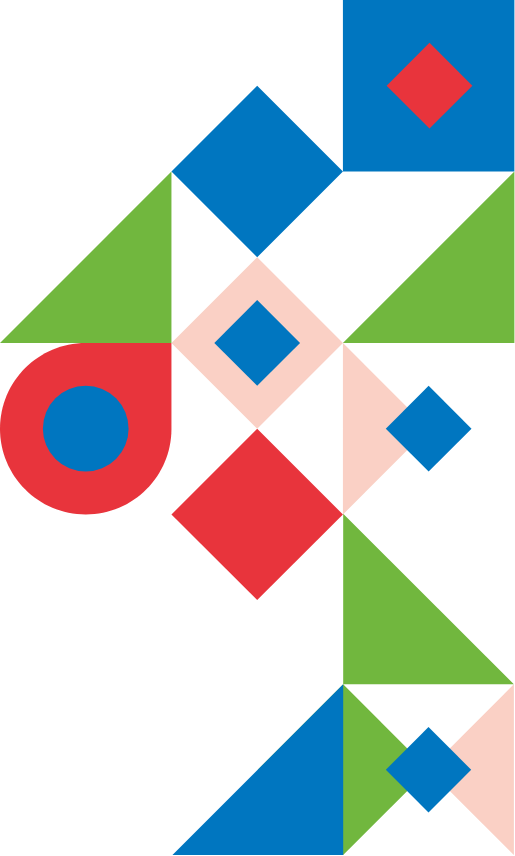Biomorphic machines in object and urban topologies
The course will explore the creation of pavilion and sonic installations as the prime tools to explore spatial strategies that incorporate the sensibility and constraints of space and sound.

The course will explore the creation of pavilion and sonic installations as the prime tools to explore spatial strategies that incorporate the sensibility and constraints of space and sound, addressing concepts of the upcoming exhibition "FEEDback - It's About Time!", curated by Eric Goldemberg at the Italian Pavilion, Venice Biennale 2021. The pedagogy will focus on the configuration of three-dimensional sonic armatures based on fabrication strategies that incorporate sound and adaptation to the human body with direct physical implementation via 3D printing in various scales, and we will call these interactive, participative artefacts "Biomorphic Machines". The goal of the workshop is to test the potential of sonic architecture and to understand the scope of contemporary use of fabrication techniques oriented towards the implementation of sonic devices that create events and music performance; rehearsing scenarios of tectonic complexity and design refinement of architectural membranes. The course will look at fabrication both as a means of representation and as a way to speculate on the generative capacity of physical systems. SITE : Villa Tugendhat, Brno, Czech Republic - designed by Mies van der Rohe and built-in 1928-30. We will create a series of sonic installations that explore the relationship between the interior of the villa and its gardens.
COLLABORATION:
We will work together with professor Eric Goldemberg / FUI Miami, Studio MONAD / The goal is to develop and fabricate real installations with the support of our Czech counterparts on site, and to engage in a productive collaboration with the Villa Tugendhat Museum in Brno.
LEARNING OUTCOMES:
This workshop will develop projects that explore the capacity of architecture to produce sound and to be made of components that serve conventional architecture roles but also become artefacts for the production of sound – innovative music instruments as hybrid architectural elements, embedded within the architecture. The aim of the project is to study new modes of tectonics whereby architectural membranes not only serve the immediate purposes of creating shelter but also become fodder for sound artists to experiment with. The project will have an intense component of research into the sonic world of music instruments’ luthiers, observing their craft and technical sensibility in order to extrapolate techniques for making larger architectural components derived from such craft. Rhythm and pattern will constitute the fundamental basis for understanding the multiple functional and aesthetic ways in which architecture can engage with music in space, articulating issues of modularity, apertures, porosity, and topology. It is expected that projects will examine ideal conditions for the transmission and enhancement of sound, allowing for new materials and spatial qualities to emerge vis-à-vis new architectural sensations. The architecture itself becomes an object on display, an exhibition of the mechanisms that produce its sonic character.
MAJOR TOPICS:
Feedback Music instruments Installation design Digital fabrication/assembly process Ornamentation and atmosphere Body architecture Mies




